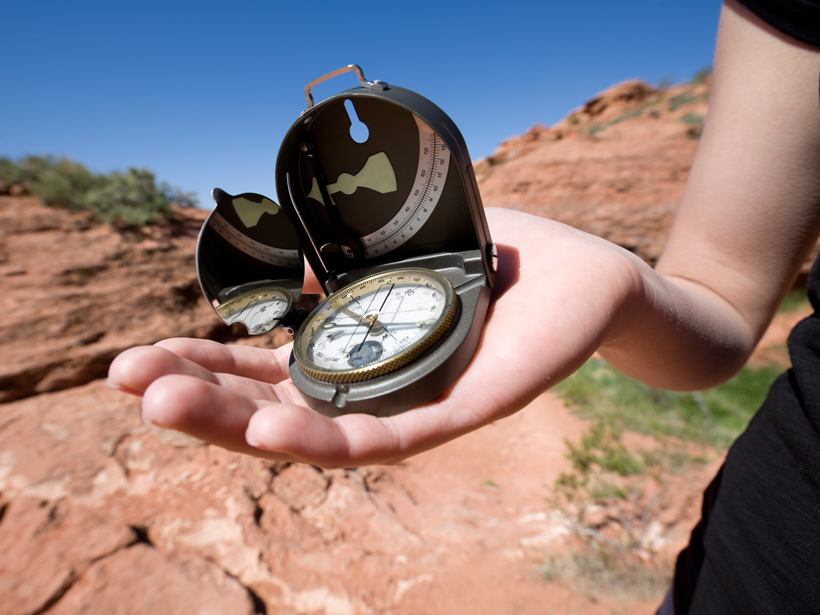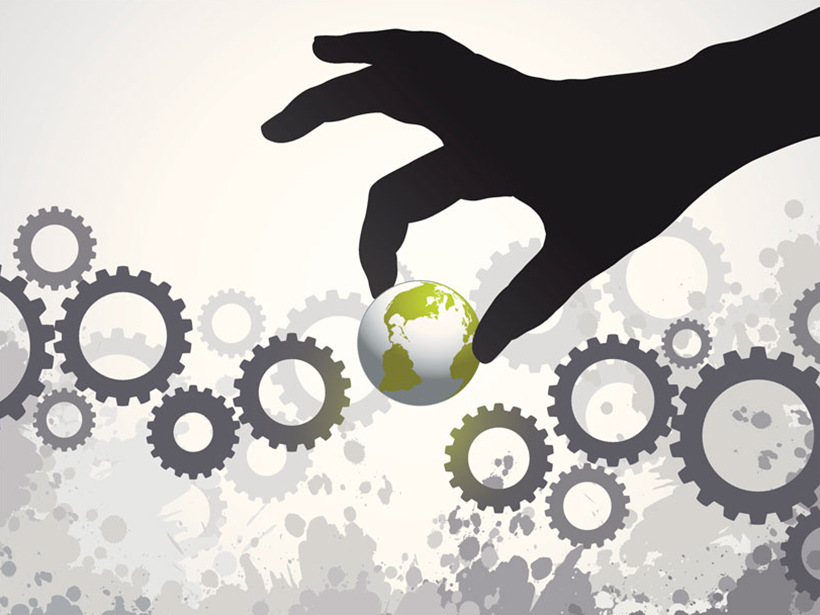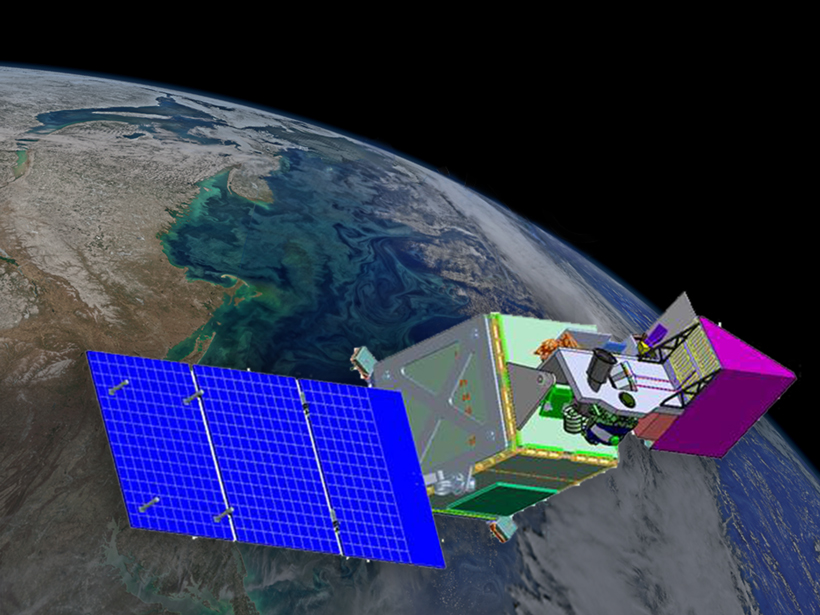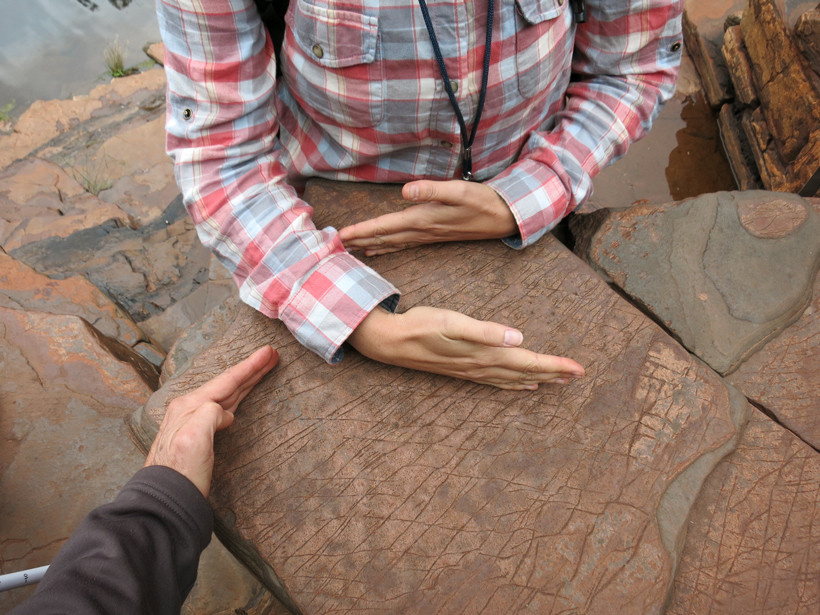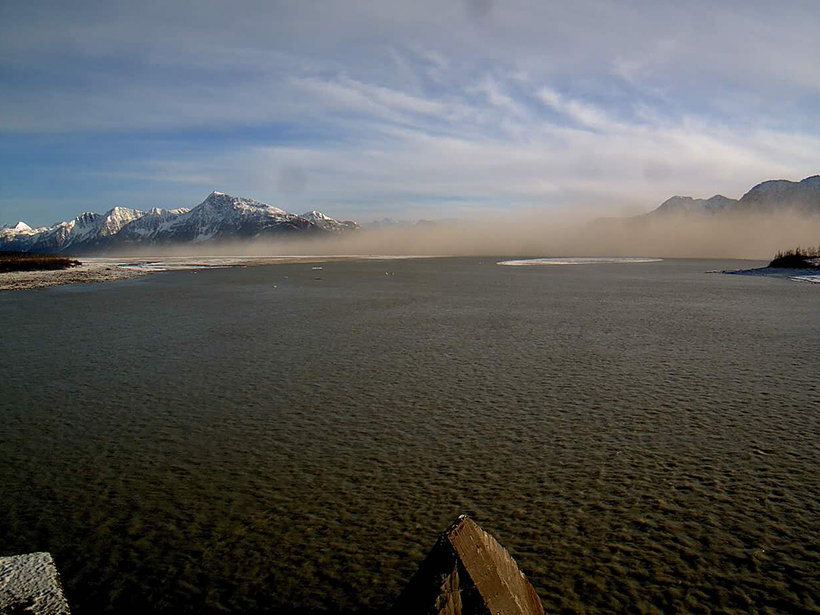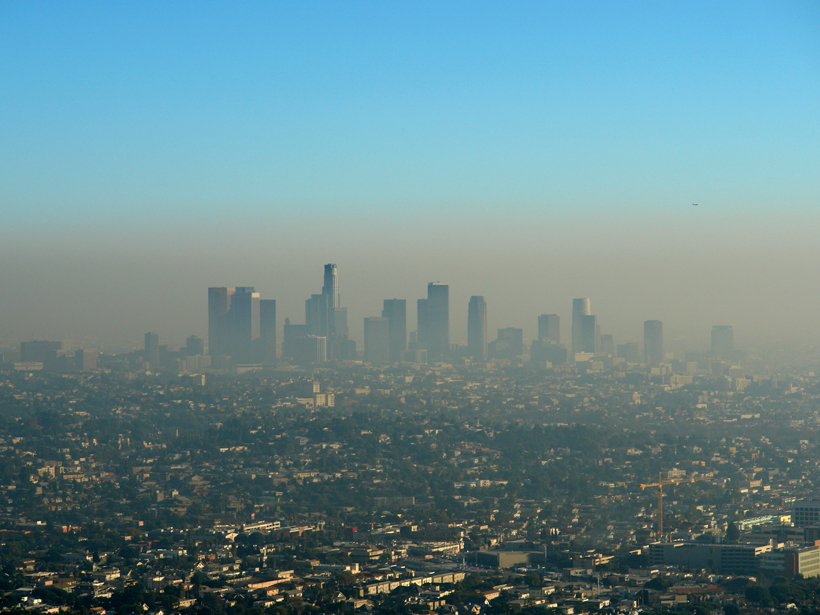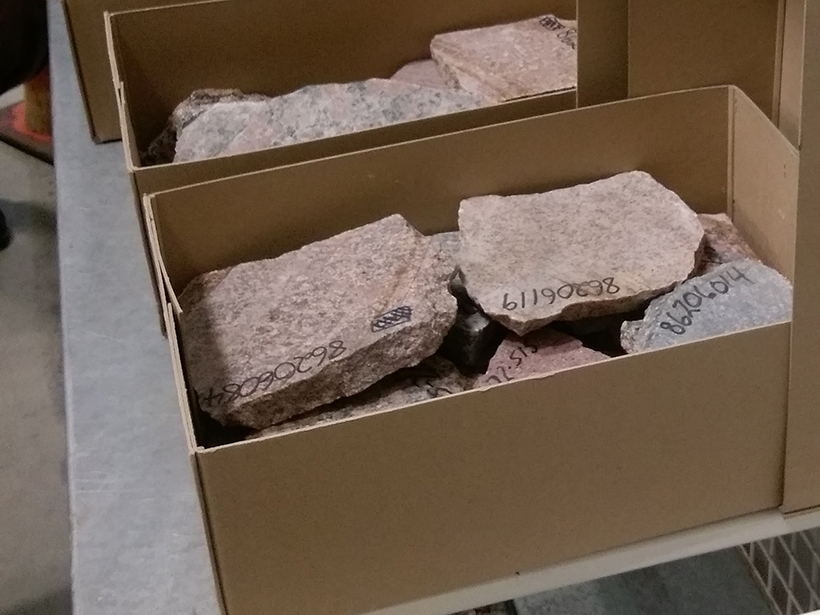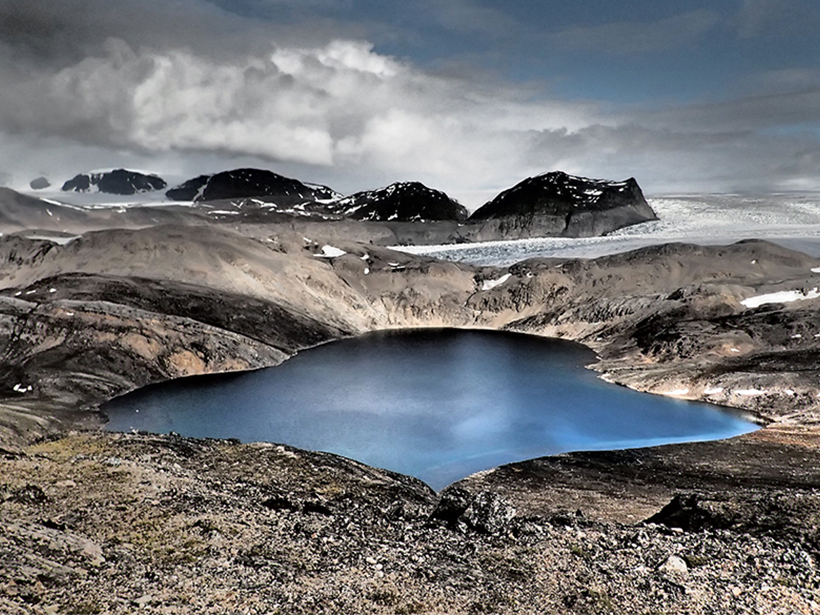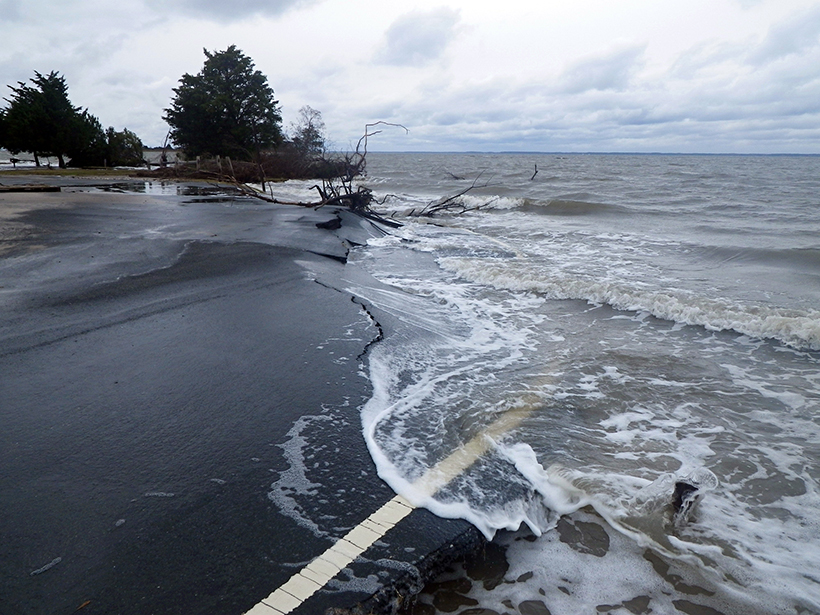Anecdotes paint a grim picture about the state of scientific integrity in the current administration. Results from a newly opened and broad survey will show us this problem’s full scope.
CC BY 2018
Climate Models Are Uncertain, but We Can Do Something About It
Model simulations of many climate phenomena remain highly uncertain despite scientific advances and huge amounts of data. Scientists must do more to tackle model uncertainty head-on.
U.S. and China Assess Ecosystem Effects of a Fading Cryosphere
Impacts of a Changing Cryosphere on Lakes and Streams in Mountain Regions: US-China Collaborative Workshop at Qinghai Lake; Qinghai, China, 21–27 August 2017
A Novel Approach to a Satellite Mission’s Science Team
NASA’s Plankton, Aerosol, Cloud, Ocean Ecosystem satellite mission, still in planning stages, operates with a framework that could serve as an example for science support of future missions.
Learning to Form Accurate Mental Models
A cycle of prediction, comparison, and feedback supports spatial learning in geoscience.
Assessing the Many Influences of High-Latitude Dust
First International Conference on High Latitude Cold Climate Dust (HLCCD); Reykjavík, Iceland, 22–25 May 2017
Will Clean Air Fade Away?
Government-sponsored research and regulations enabled western U.S. states to clean up their air, despite industrial and population growth. Proposed funding cuts could undo this progress.
Connecting Scientific Data and Real-World Samples
International Symposium on Linking Environmental Data and Samples; Canberra, Australia, 29 May to 2 June 2017
Linking Instrumental and Proxy Data Climate Records
Treatment of the Climatic Signal in Time and Space: From Instrumental and Proxy Data to Modelling; Rouen, France, 18–20 April 2017
Sea Level 2017 Conference Looks to Coastal Sea Level Rise Impact
International World Climate Research Programme/Intergovernmental Oceanographic Commission (WCRP/IOC) Open Science Conference on Regional Sea Level Rise and Its Impacts; New York, New York, 10–14 July 2017

